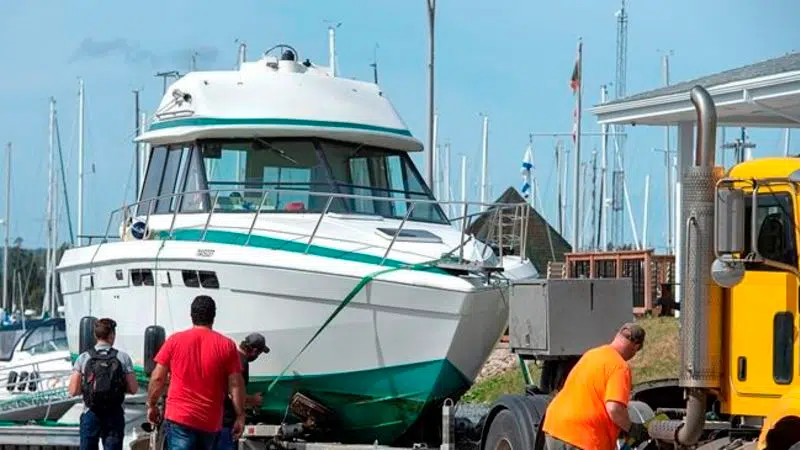
Hurricane watch in parts of Atlantic Canada as Dorian moves up U.S. east coast
HALIFAX — Hurricane Dorian is expected to make landfall in Atlantic Canada Saturday with winds of 100 kilometres per hour, driving rain and pounding coastal surf — conditions that had emergency officials warning Friday of the potential for significant damage across the region.
The Canadian Hurricane Centre said Friday that a hurricane warning was in effect for central and eastern Nova Scotia, and a hurricane watch was is in effect for southwestern Newfoundland.
Tropical storm watches were also in effect for western Nova Scotia, southeastern New Brunswick, Prince Edward Island, the Magdalen Islands and northwestern Newfoundland.
“We expect it to make landfall as a hurricane and then we expect it to move towards Newfoundland into the Gulf of St. Lawrence and then become a post tropical storm at that particular stage,” said Bob Robichaud, the centre’s warning preparedness meteorologist.


